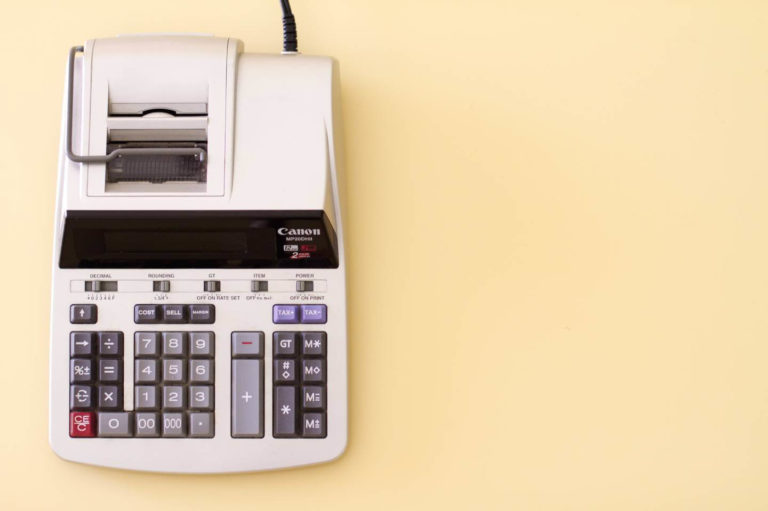Inventory management, it is a word hated by most operators of eCommerce stores and is by far the leading cause of headaches. If you mess it up and don’t do it properly, you can lose a whole lot of money, especially when you have products that are seasonal, can expire or are otherwise time-sensitive.
Proper inventory management is key to long-term success in the world of eCommerce. Whether you are selling your wares on eBay, have your own Etsy craft store or run a flagship eCommerce store using the likes of Shopify or Prestashop, it is important that you get it right.
Types of Inventory Management System
There are lots of different inventory management systems that can be used, and the one that’s right for your online store depends entirely on your business model and product. You may even be familiar with a few of these common terms:
Just in Time
Where product is ordered just in the nick of time to keep up with demand for a product. With JIT, your money is not tied up with inventory that isn’t being sold, however, there’s an inherent risk of not being able to cope with a sudden surge in demand.
First In, First Out (FIFO)
Where the first products that you receive from the supplier are the first to be sold. Doing this ensures customers get fresh inventory. Obviously, this type of inventory management is best for sellers of perishable goods.
Minimum Viable Stock
Where the minimum amount of a good is reached that can keep up with current consumer demand. When stock levels drop below the MVS figure, it’s time to order more in!
4 Different Types of Inventory Management
Good inventory management cannot be achieved, however, unless you know what all the different types of inventory are. Although not all these types will apply to your business (and, indeed, it depends highly what type of business you own as to what type of inventory you have), it is useful information to know.
1. Raw materials
Raw materials are what are used to give life to an end-product. You probably don’t stock any raw materials in your inventory unless you sell them to product manufacturers or make your own products in-house.
If you run a bakery, for example, then some of your raw materials will include water, sugar, flour, and eggs. If you run a furniture-making company, then some of your raw materials will include wood and steel.
2. Work in progress
Work in progress (WIP) materials are made up of different parts that are currently being processed through your manufacturing system. WIP usually includes raw materials that have been used already in initial processing and it also covers the production process in its entirety.
If you own a company that makes bicycles, for example, then brakes would be part of your WIP inventory.
3. Packing materials
You win no points for guessing what this one is.
Packing materials is the inventory that is used for the packaging up of your goods ready to be shipped out to your customers. It can be both primary and secondary packaging. Primary packaging is packaging where the goods are unusable without it and secondary packaging is packing done for ease of transportation.
4. Buffer inventory
Buffer inventory is inventory that is purchased and kept for the meeting of future demand that may happen but that you are not certain about.
Buffer inventory is also commonly referred to as safety stock. It is the amount of stock besides your current point-in-time inventory requirement. The benefit of keeping a buffer inventory is the smooth operation of your business and ensuring customer satisfaction by having stock that is available to meet a sudden spike in demand. Raw materials can also be kept as buffer stock for achieving nonstop production.
This Just Scratches the Surface
There are so many different inventory types. We recommend carrying out further research so you can find out what types of inventory match up to your business.
Doing this will aid better inventory management and help your business avoid the pitfalls that come with inventory getting out of hand… after all, you don’t want to have to cancel a customers’ order because you don’t have enough stock, right?











